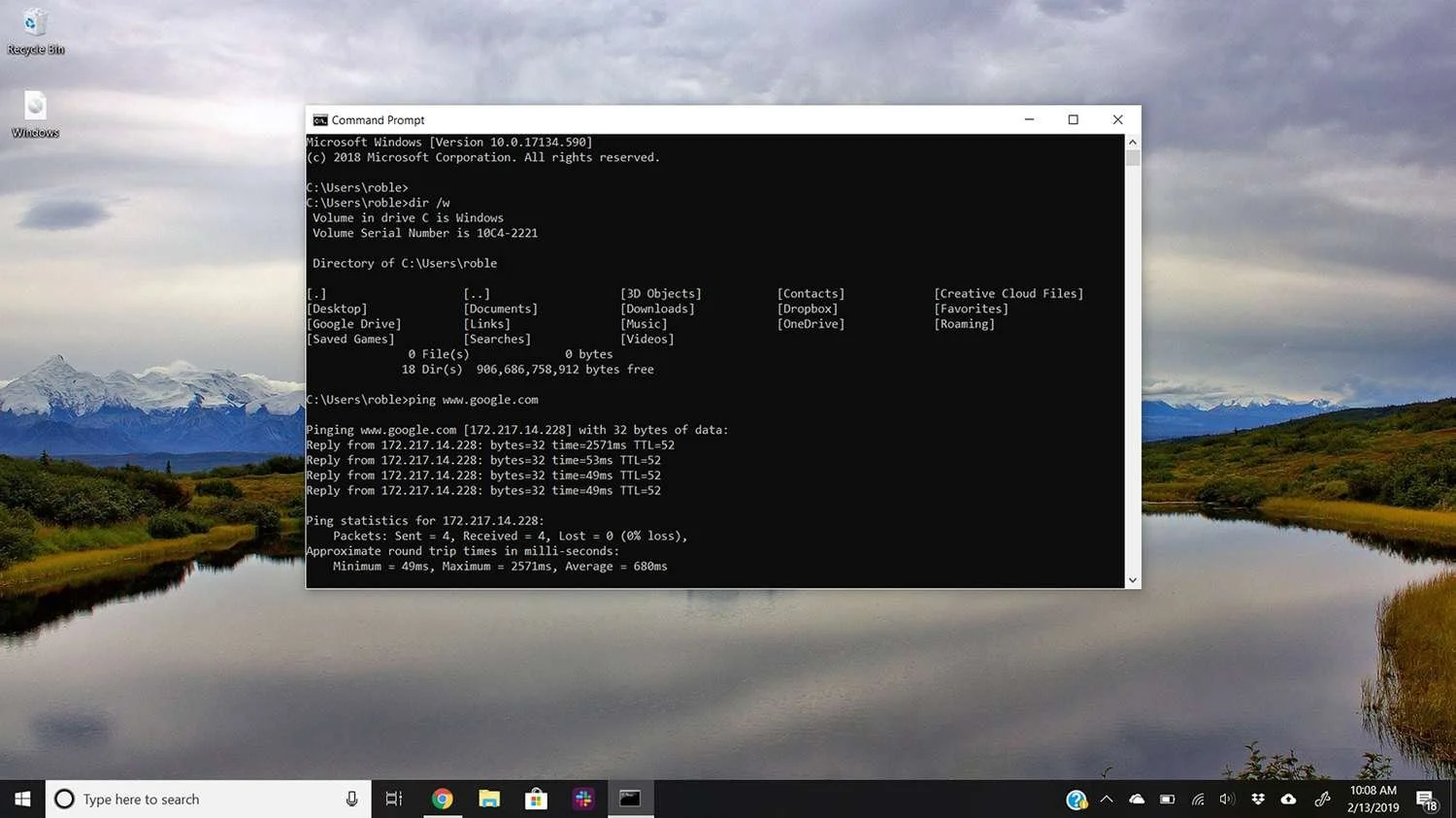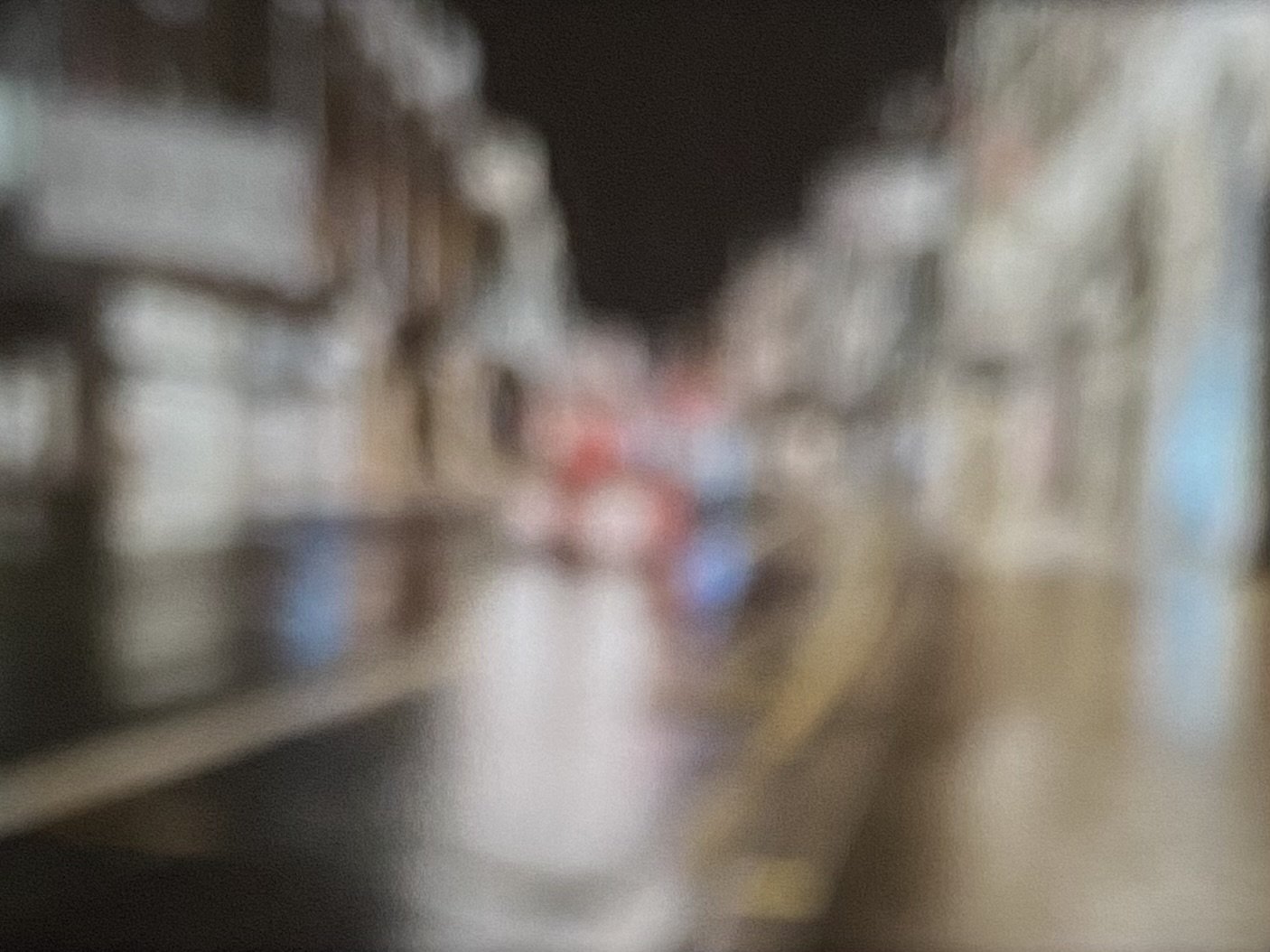Post-concussion patients often experience varied visual perception symptoms like blurred vision, difficulty focusing, light sensitivity, and problems with depth perception and motion. These arise from the brain's inability to process visual information effectively, rather than direct eye damage. Think of this like a computer glitch causing usability issues, not a system failure.
The hierachial organization of the visual system, from the low level through to higher order processing.
In 1991, neuroscientists Daniel J. Felleman and David C. Van Essen published a seminal paper on the hierarchical organization of the primate visual system. They identified several visual areas organized into levels, with complexity increasing as you move up the hierarchy—from the retina to the five main processing centers: V1, V2, V3, V4, and V5. These higher levels handle more abstract aspects of visual perception, like object recognition and spatial awareness.
The hierarchial organization of successive Windows versions, with each version integrating with and building upon the previous version, from low-level Windows 1 through to higher order Windows 11.
This complexity can be likened to the evolution of Windows operating systems—from DOS/Legacy Windows to Windows 11—with each version adding complexity, usability, and features to the lower levels. Just like the human visual system, these foundational elements are still functional in certain areas of the OS, providing stability.
A comparison of the two systems could look like this:
Even on Windows 11, one can still see the processes of the lower levels at work. The Command Prompt application is a good example of seeing some the oldest functioning parts of Windows at work.
Legacy Windows/DOS (Basic Visual Processing - Retina and LGN): DOS and early Windows versions handle basic processing, similar to the retina and LGN detecting light and simple patterns.
Windows 95/98/XP (Intermediate Processing - V1 and V2): These versions introduced advanced features, akin to V1 and V2 handling more complex visual information.
Windows 7/8/10 (Higher Processing - V3, V4, and V5): These versions refined the user experience, similar to V3, V4, and V5 processing shapes, colors, and motion.
Windows 11 (Higher-level Integration - IT and STS): Windows 11 integrates modern design and features, much like the IT cortex and STS interpreting complex visual information.
Just like in the Windows example above, the direct outputs of the low level processes of the visual system can also be directly observed in real time. Here we have Mach bands, which are the darker shadings we observe along the edges of each gray band that don’t actually exist. This is created in part by the retina and the further processed by the lateral inhibition mechanism located in the V1 area of the brain.
When a memory leak in an app occurs, it causes poor system performance, crashes, and unresponsiveness—similar to post-concussion disruptions in the human visual pathway. These issues typically affect higher-order processes, leaving basic functionality intact (issues affecting lower-level processing such as the retina or the DOS underpinnings of computer typically would affect more than usability, specifically vision loss and a computer that wont boot up). Just as we use Ctrl-Alt-Del to free up resources and regain usability, tools like reading glasses, tinted lenses, and contoured prism glasses can all help manage visual disruptions in post-concussion patients.
Contoured prism lenses specifically are a tool that I have found particularly helpful in these situations as they address a commonly found background app conflict frequent in post-concussion patients, much like stopping a memory leak. Let's call these conflicting background apps where_are_eyes_pointing_in_3d_space.exe and where_are_eyes_focused_in_3d_space.exe. In a seamlessly functioning vision system, these two apps are designed to generate the same value, so if one changes, the other will attempt to change its parameters to match the first (since ultimately you want your eyes pointed at the target you’re focused on). In post-concussion patients, these two apps frequently spit out slightly different values, initiating an endless loop of one trying to correct to match the other:
The viewer has a mismatch between where the eyes are pointed (red dashes) and where the eyes are focused (green line). This makes the brain see double, which it instinctively tries to correct by converging the eyes more, which can initiate an endless loop of converging and re-focusing.
→ eyes are incorrectly converging on a spot behind where the eyes are actually focused → eyes increase convergences attempting to bring the convergence spot closer to the focus spot → the act of converging initiates more focus as the brain knows the more we converge, the closer the target must be to us, ultimately causing the focusing system to further increase engagement and moving the focus spot even closer → (loop back to the beginning) →
Interestingly, this inequality between the focal point and convergence point can also be created when a person watches a 3D movie since the movie tricks the brain into thinking some objects are closer to the viewer than others while in reality, all the images are located at the same point in space, the movie screen. This is why some viewers experience headaches, eyestrain, and nausea after viewing 3D movies. The Ctrl-Alt-Del trick that contoured prism glasses seem so effective at achieving is, by their innovative design, they can instantly shut down the offending where_are_eyes_pointing_in_3d_space.exe/where_are_eyes_focused_in_3d_space.exe infinite loop and allow it to restart with both of them now outputting the same value since contoured prism glasses not only refine focus of each eye, but also refines convergence so the values become equal. This can free up and tremendous amount of brain bandwidth, allowing the patient to regain normal usability of the visual system, and more importantly allow precious time to elapse letting the brain download the software patches it needs to fully overcome the post-concussion symptoms.
Tinted lenses and reading glasses can help in similar ways, targeting background process conflicts to ultimately free up brain bandwidth. Regardless of the chosen tool, it is crucial to work with your health care team to determine the best course of action for each specific case. By setting out a tailored plan, you can effectively address post-concussion symptoms and embark on the road to recovery as soon as possible.
Dr. Burke is an optometrist practicing at Calgary Vision Centre. A large portion of his practice is devoted to helping post-concussion patients with their vision issues, and wears contoured prism glasses himself due to a personal history of concussions. Opinions above do not constitute medical advice, and readers should consult with their optometrist and health care team if they have questions or concerns about their eye health.












